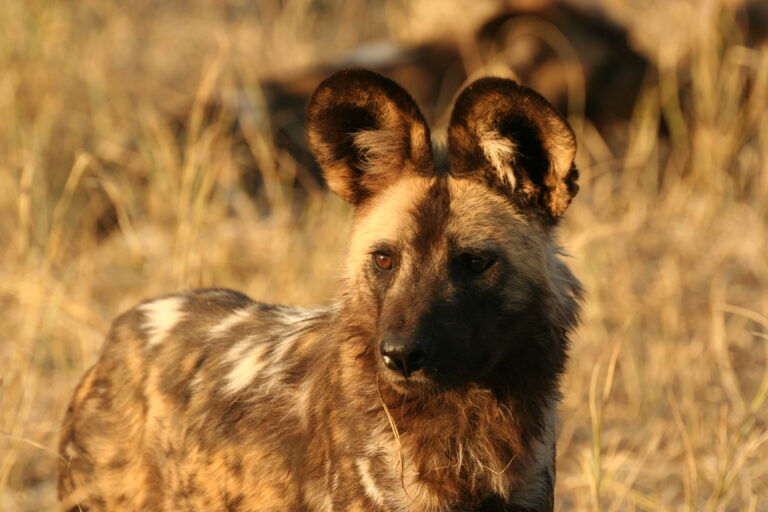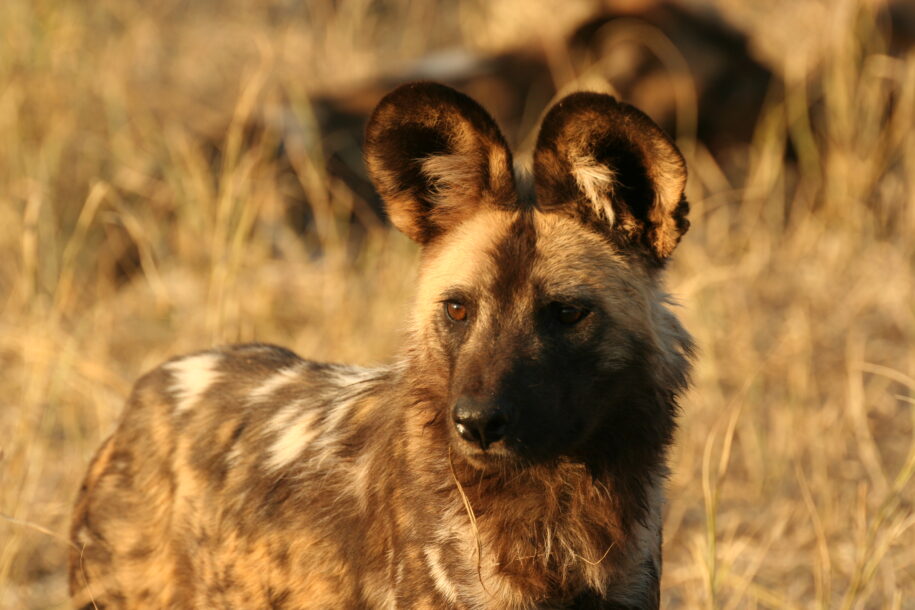The African Wild Dog: A Conservation Status Update

The African wild dog (Lycaon pictus), often referred to as the painted wolf due to its unique and vibrant coat patterns, is one of the most endangered carnivores in Africa. With its extraordinary social structure and cooperative hunting strategies, the African wild dog is not only a symbol of the continent’s rich biodiversity but also a vital player in its ecosystems. However, their populations are dwindling, leading to urgent conservation efforts to ensure their survival.
The Current Status
As of the latest assessments, the African wild dog is classified as “Endangered” by the International Union for Conservation of Nature (IUCN). Estimates suggest that there are fewer than 6,600 individuals left in the wild, fragmented across various regions in Africa. This decline is attributed to a combination of habitat loss, human-wildlife conflict, and disease.
Population Declines
Historically, African wild dogs roamed much of sub-Saharan Africa, but their range has contracted significantly. They now exist in small, isolated populations primarily in protected areas in countries such as Botswana, South Africa, Namibia, and Tanzania. One of the most significant threats they face is habitat fragmentation due to agricultural expansion and urban development, which disrupts their migratory routes and hunting grounds.
Human-Wildlife Conflict
As human populations expand, encounters between people and wild dogs have increased, often leading to negative outcomes for both. Livestock predation by wild dogs can result in retaliatory killings by farmers. Additionally, road accidents pose a substantial risk as wild dogs traverse areas where their natural habitats intersect with human infrastructure.
Disease Threats
The African wild dog is particularly vulnerable to diseases like canine distemper and rabies, which can decimate populations. These diseases are often transmitted from domestic dogs, highlighting the need for better management of domestic pet populations in areas where wild dogs roam.
Conservation Efforts
Despite the grim outlook, various conservation initiatives are underway to protect this iconic species. Organizations like the African Wildlife Foundation and the Endangered Wildlife Trust are spearheading efforts to mitigate human-wildlife conflict and improve habitat connectivity. Here are some key strategies being employed:
Protected Areas and Corridors
Establishing and maintaining protected areas is crucial for the survival of the African wild dog. Wildlife corridors that connect these protected areas are essential, allowing dogs to roam freely, find mates, and access diverse prey. These corridors help counteract the effects of habitat fragmentation.
Community Engagement
Engaging local communities is a vital aspect of wild dog conservation. Education and outreach programs aim to foster coexistence by promoting practices that protect livestock while allowing wild dogs to thrive. Incentives for communities that support conservation efforts, such as eco-tourism opportunities, can also play a significant role.
Veterinary Interventions
Vaccination programs for domestic dogs in areas where wild dogs live are essential to reduce the risk of disease transmission. These veterinary initiatives not only help protect wild populations but also promote animal health within local communities.
The Road Ahead
While the challenges facing the African wild dog are substantial, there is hope. Conservationists are making strides, but continued support and awareness are crucial. By promoting the importance of this species and the role it plays in the ecosystem, we can garner greater public interest and funding for conservation efforts.
How You Can Help
Educate Yourself and Others: Understanding the plight of the African wild dog is the first step towards advocating for its protection. Share information and raise awareness within your community.
Support Conservation Organizations: Contributing to wildlife conservation organizations that focus on the African wild dog can have a meaningful impact.
Responsible Tourism: When traveling to Africa, choose eco-friendly tourism options that support local conservation efforts and prioritize wildlife protection.
Conclusion
The African wild dog is a remarkable species facing significant threats to its existence. Through concerted conservation efforts, community engagement, and increased awareness, there is a path forward to ensure that this unique predator continues to roam the African savannas. By standing up for the wild dog, we stand up for the health and diversity of Africa’s ecosystems as a whole. Together, we can make a difference for this endangered species and the vibrant landscapes they inhabit.

